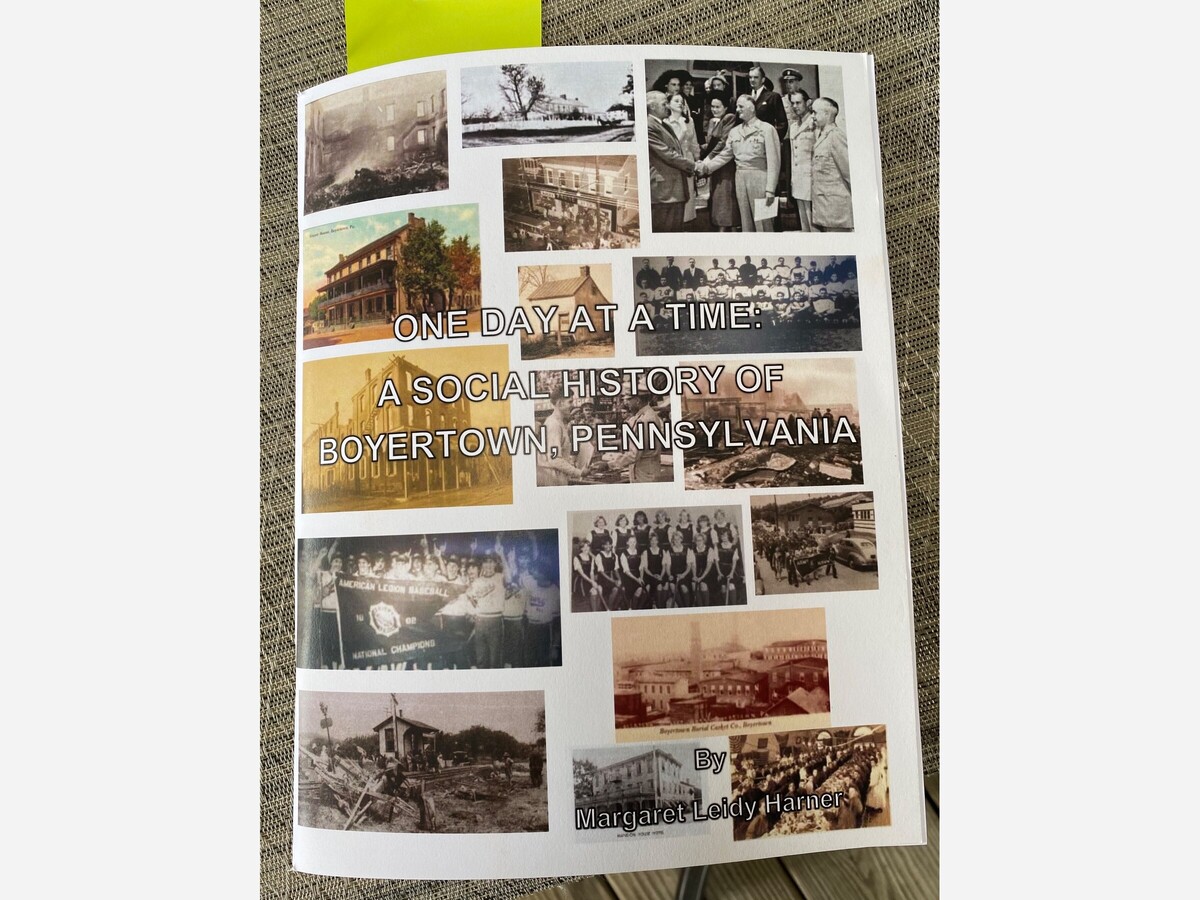Image


By Margaret Leidy Harner from her book One Day at a Time: A Social History of Boyertown, PA.
May 3, 1909: Because of the horrific Rhoads Opera House fire on January 13, 1908, the Pennsylvania State Legislature has now unanimously passed fire safety laws affecting theaters and public halls. Many of those laws were in direct reaction to the circumstances in the Boyertown fire and eventually they served as a model for fire safety codes across the entire nation.
Doors
All doors must open outward to avoid the terrible pile-up of bodies in the Opera House that pressed against the entrance doors, preventing them from opening. Those doors must remain unlocked during a performance. The sponsors of the Opera House performance had locked the entrance doors to prevent anyone, especially the “Italian workmen” on the railroad who were staying in town that night, from sneaking in without paying the ten-cent admission fee.
Exits
Public halls must have more than one exit, properly lighted and unobstructed. Fire escapes must be easily accessible and marked. There were two fire escapes in the Rhoads theatre which were NOT marked, located at two of the ten windows in the room, nor easily accessible, more than three feet off the floor, to the audience wearing heavy winter clothing, especially women in long, bouffant skirts.
Fire-proof Materials
No combustible oil or explosives can be used for lighting. The opera house was lit by kerosene, the spilling of which caused the fire to start. Electricity was available in Boyertown in 1908, but Dr. Rhoads, the owner of the building, was not going to invest in converting the building to a new-fangled invention until he was certain it was going to last! Stage scenery and curtains must be of non-combustible materials. It was felt that there was no good reason to replace the linen curtains used in the Opera House that were still in good condition.
Aisles
Auditoriums on a second floor or higher must have a center aisle and two side aisles at least four feet wide. There were no aisles of safe width because the 108 permanent seats were supplemented with more than 200 portable chairs to accommodate the “sold-out” crowd. Those additional chairs practically filled the entire room, leaving very little space for movement.